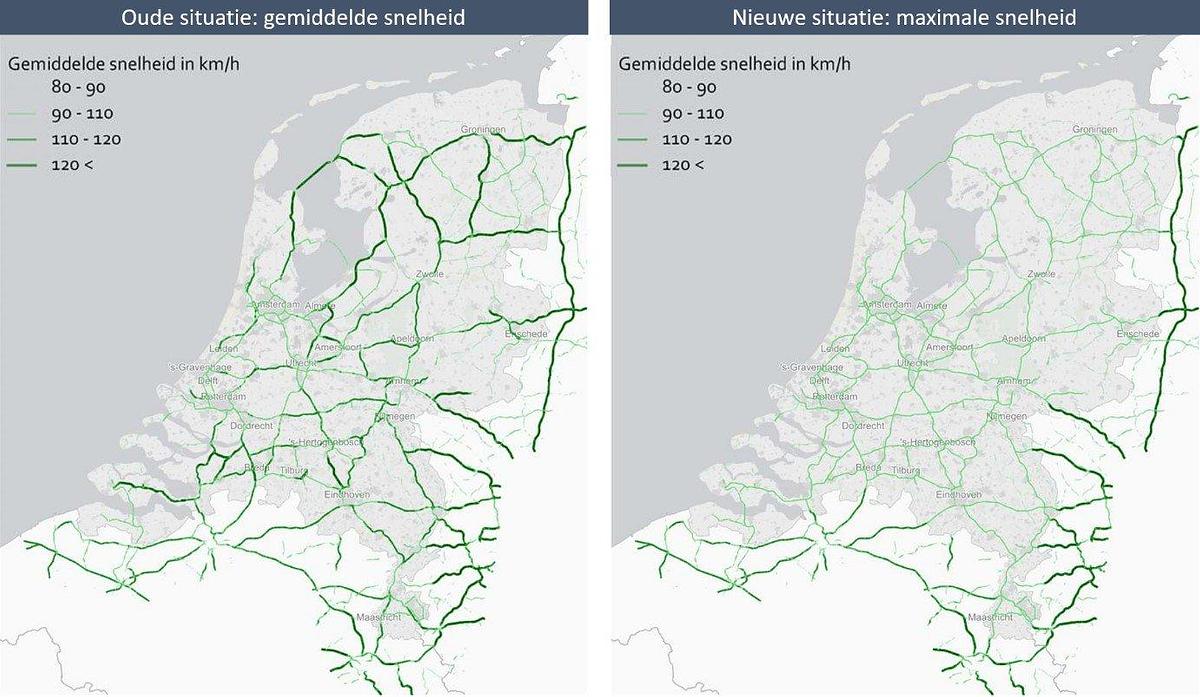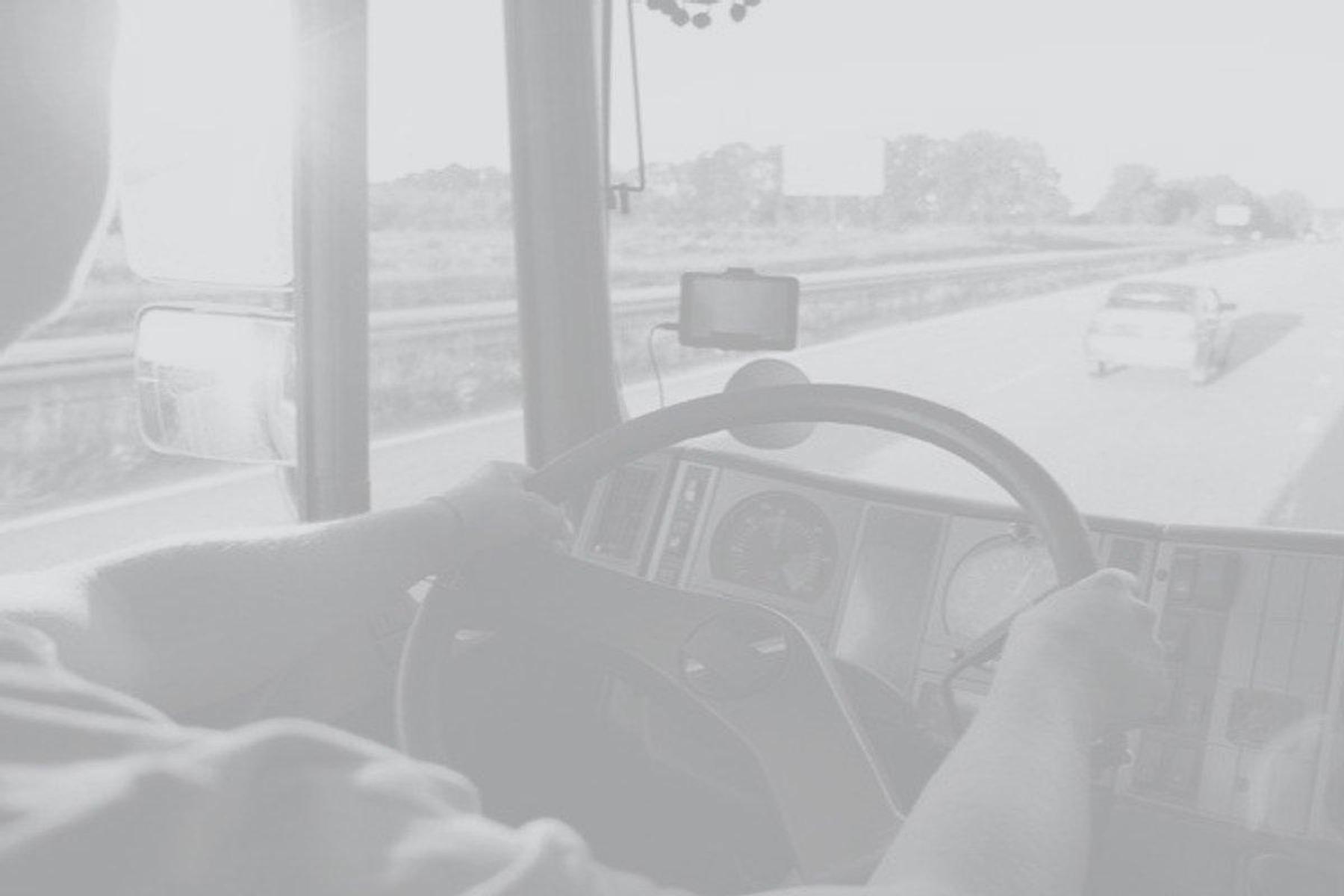As of March 16, 2020, the speed limit in the Netherlands has been lowered from 130 to 100 kilometers per hour between 6 am and 7 pm. The Dutch government's goal: to reduce nitrogen deposition in the soil and, more generally, in the natural environment so as to boost housing and road construction in the short term.
But lowering the speed limit doesn't just affect the environment. Its consequences are also felt in economic sectors where speed margins are crucial. One such sector is transportation: although trucks still have to adhere to the speed limit of 80 kilometers per hour, delivery companies and other logistics service providers using delivery vans are directly affected by the new speed limit.
Consequences of the new rule: feelings and facts
Obviously, the Dutch transportation sector isn't too happy about the new rule. Its concern seems valid: logic dictates that a lower speed limit results in longer driving time. If the latter stays the same, this means less stops per ride and therefore higher costs per stop. As the maps below show, it's mostly felt outside urban regions.

Source: Geodan
But what's the true impact of the lower speed limit on driving time? In fact, it's very, very limited. By lowering the speed limit from 130 to 100 kilometers per hour, a ride from Amsterdam to Groningen would only be a few minutes longer. And if you drive from Rotterdam to Utrecht, it will take a mere three minutes longer than it used to. Besides, the average speed on Dutch highways during the day usually doesn't exceed 120 kilometers per hour. So, the fuss doesn't really seem to be worth it.
Why so little impact?
The fact that the lower speed limit doesn't affect transportation all that much has to do with a better traffic flow and less traffic jams. Several studies have shown that vehicles tend to drive closer to the vehicles behind them when there's a lower maximum speed. As a result, road capacity increases by 1-2%, which significantly contributes to traffic jam prevention.
According to research performed by Delft University of Technology, the perfect traffic flow is achieved at 91 kilometers per hour. That's why lowering the speed limit from 130 to 100 kilometers per hour is definitely a step in the right direction.
Another advantage is, of course, that the number of accidents decrease. This, in turn, also leads to less traffic jams. At an indirect level, freight forwarders will therefore benefit from the lower speed limit. At the same time, more people will travel by car when there are less traffic jams, which may counter this advantage to some degree.
New speed limit: do the advantages outweigh the disadvantages?
Let's have a quick look at the costs and benefits of the new rule. Driving time will slightly increase, which will negatively impact costs. On the other hand, a lower average speed will inevitably lead to savings on fuel expenses. Generally speaking, (driving 100 instead of 130 kilometers per hour will result in 25-30% fuel savings).
In addition, the transportation sector will benefit from the fact that this nitrogen rule will be an incentive for the construction industry – one third of all freights in the Netherlands are related to housing and road construction.
All in all, the new, lower daytime speed limit doesn't seem to affect the Dutch transportation sector in a significant way, even though drivers have probably experienced negative consequences right after the rule came into effect. I completely get that – it takes some getting used to. That goes for me, too: I'm well aware of the fact that we'll get maximum benefit if we collectively adhere to the new speed limit. And yet I've caught myself exceeding it a few times anyway.

